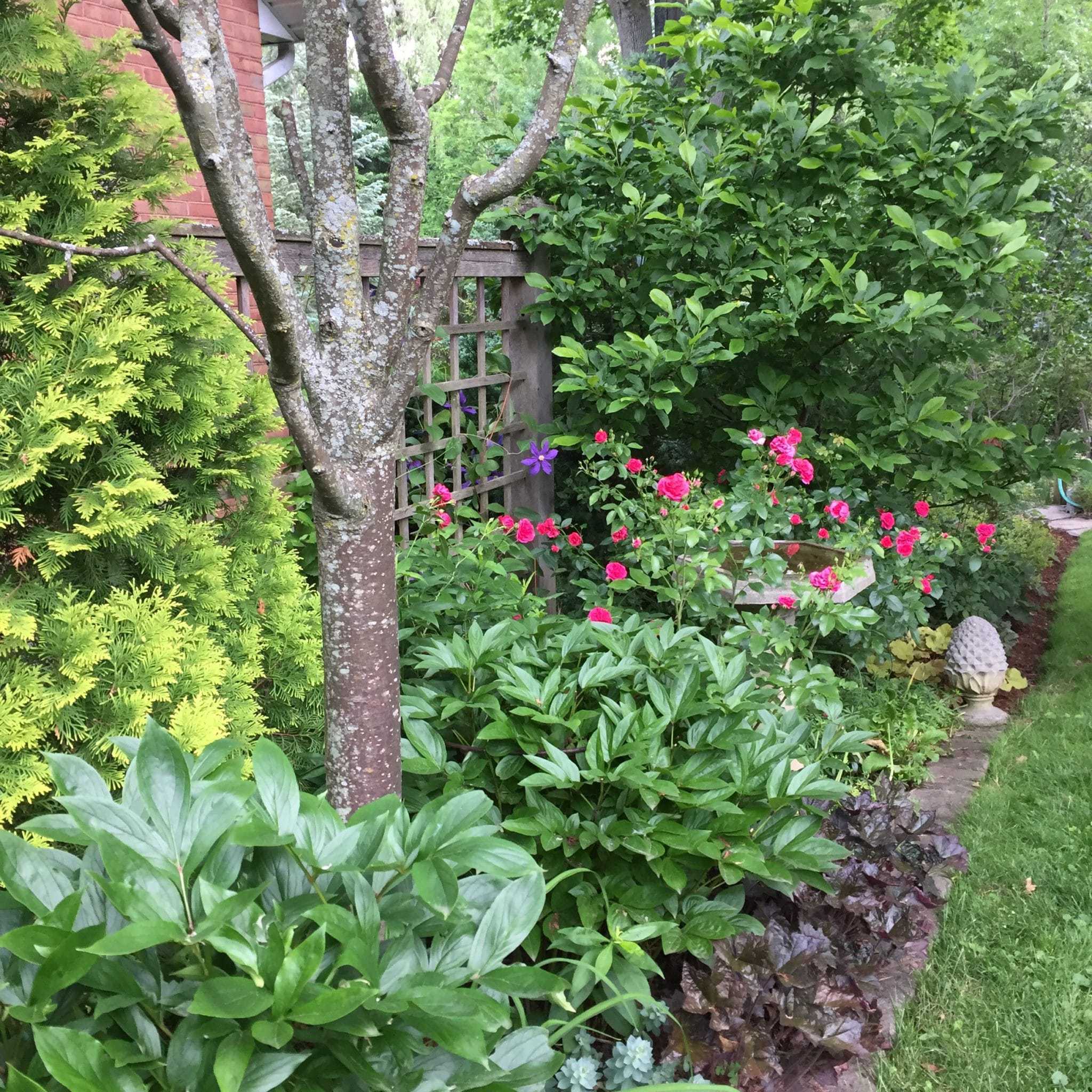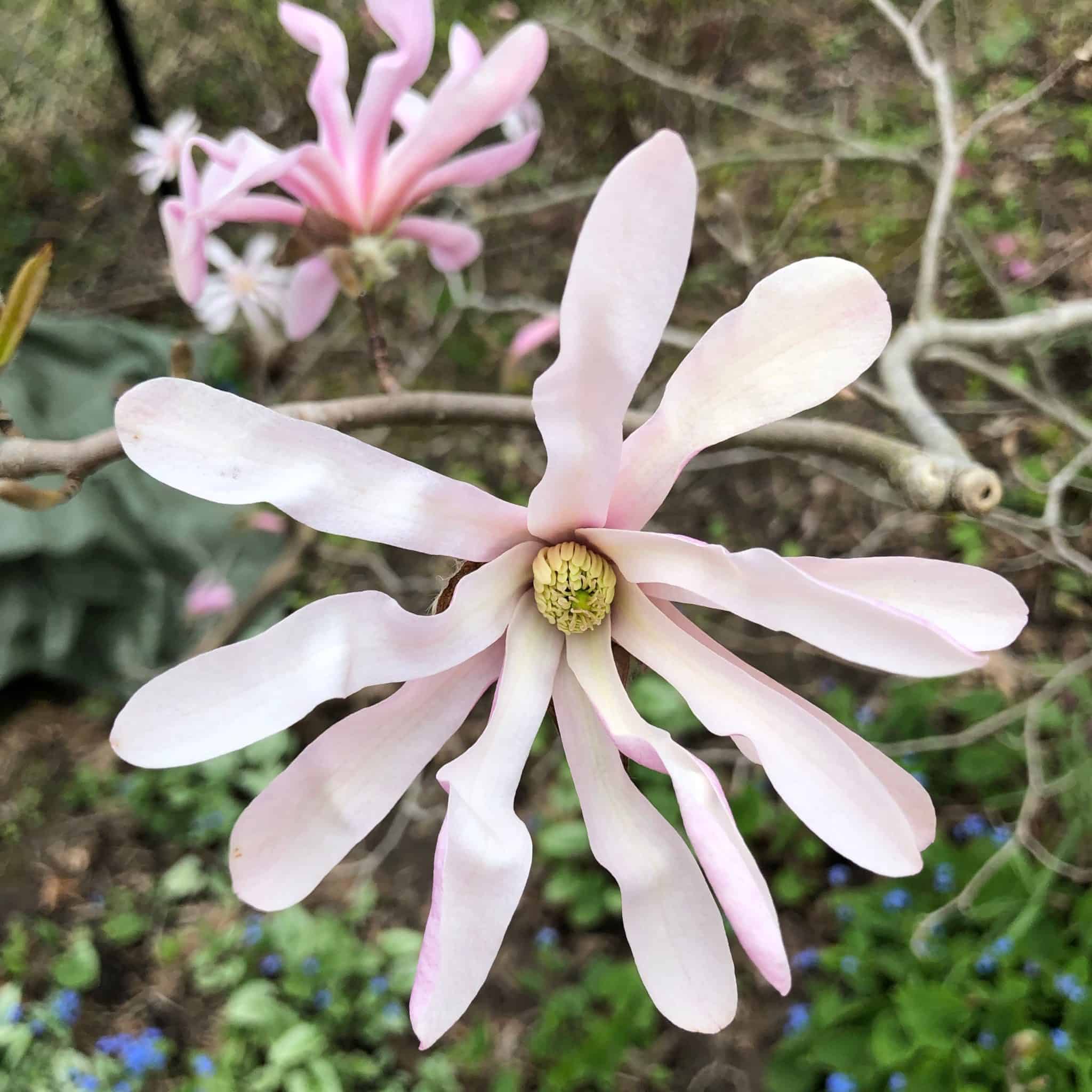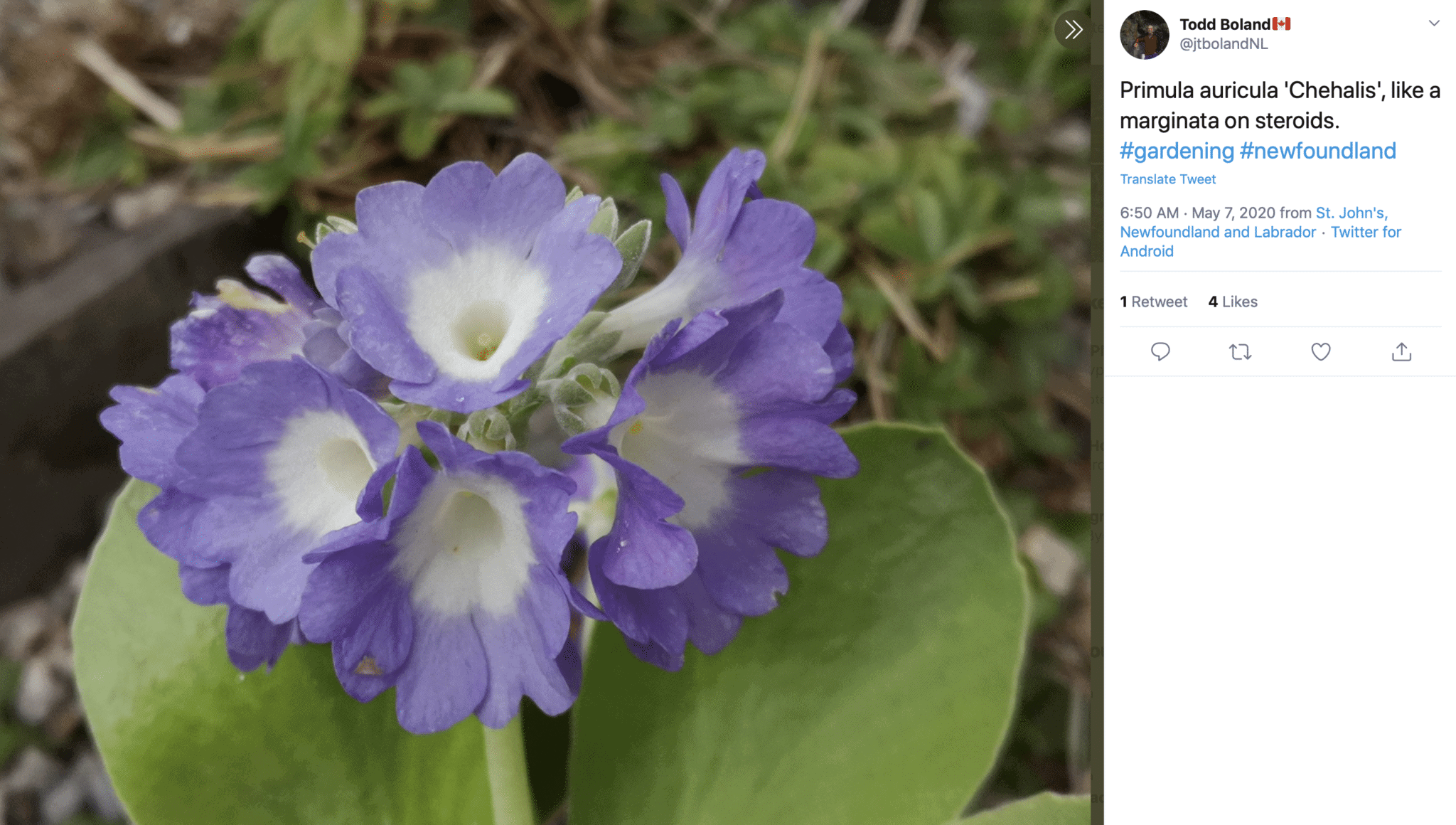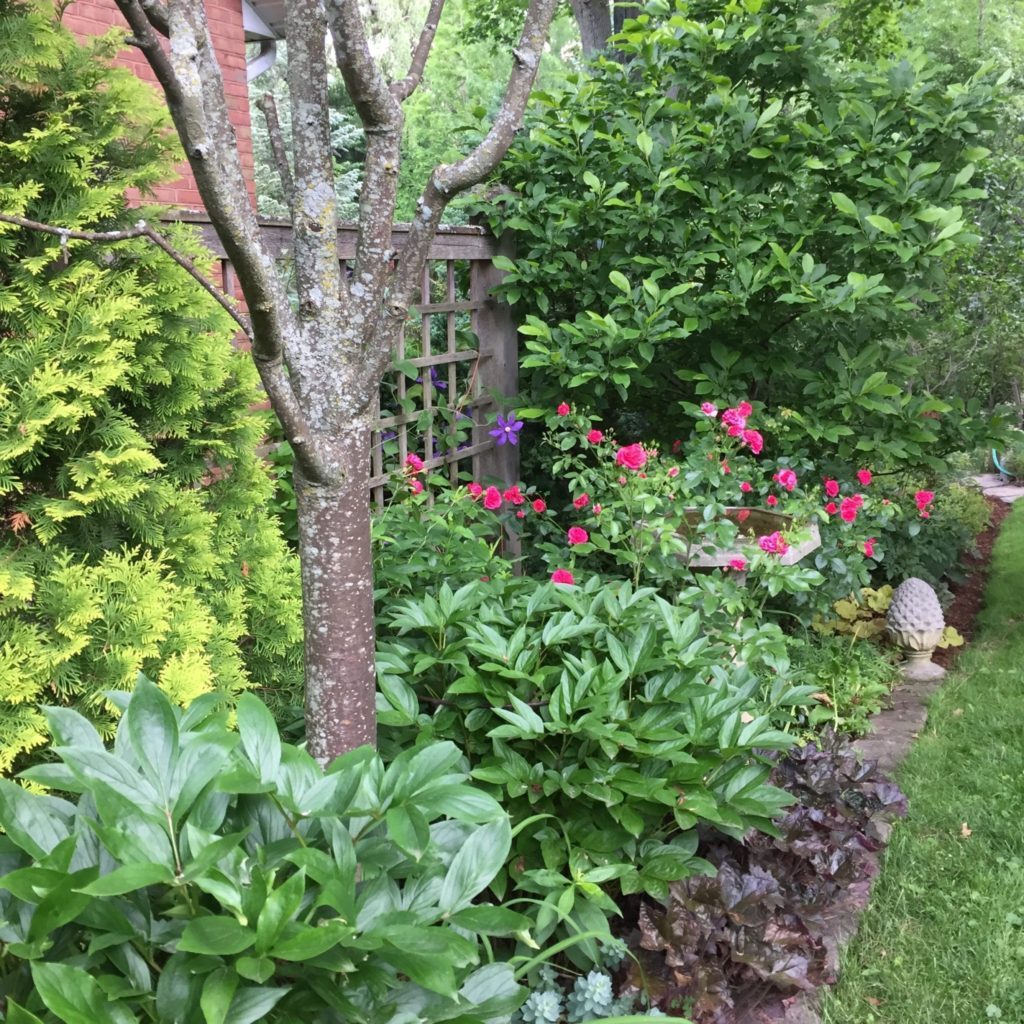In spring, anything seems possible for a gardener. It’s a fresh, new season and our enthusiasm is uncurbed. If one of your Big Projects this year is planting a new perennial border, that’s terrific. There are perennials for any site, no matter the soil, the sun or the hardiness zone. In fact, there are probably dozens upon dozens that might work for you, and therein lies the stumbling block for many of us: what to choose?
“Six steps to a beautiful perennial border” walks you through the process, from selecting a site and improving the soil, to adding a focal point and choosing the plants — the most exciting part, for me.

Scene-stealing magnolias
Magnolias are in full swing in my Zone 6 garden, although their show may be cut short — frost is forecast for the next two nights. Limp, brown magnolia petals drooping from branch tips are a sad, sorry sight.
Saucer magnolia (Magnolia x soulangeana) varieties proudly hold their sturdy chalice-like blooms up toward the spring sun, while the narrow, twisty petals of star magnolia (M. stellata) blooms flutter like white or pink streamers. The star magnolias and their crosses, such as ‘Leonard Messel’ (M. x loebneri ‘Leonard Messel’), are often slightly earlier and a tad more winter hardy. Several are also sweetly scented, including a few yellow-blooming hybrids.

Thinking ahead to next year’s bulbs
No one wants to think about fall right now, but this is a good time to take note of where more spring-blooming bulbs could be planted later. Some people take photos to remind them where they need additional spring colour, but I like using plain white plastic plant labels. I place a label, perhaps writing the colour I’d like to see in that spot, where more tulips, daffodils or other bulbs could be incorporated. It’s easy to do this now, when perennial foliage hasn’t fully emerged; these are good spots to tuck in spring bulbs. “When and where to plant spring bulbs” has more details.
Also, remember to deadhead tulips and daffodils, but don’t snip, pull, twist, cut, remove, fold, bundle or braid the foliage. The leaves nourish and re-energize the bulb for next year. No leaves, no blooms. Once the foliage has shrivelled and faded, it has done its work and can be removed.
Pest advice
No need to panic when pests find your new vegetable plot — and they will. Here’s a helpful strategy to deal with the challenges. According to Paul Manning at Dalhousie University in Nova Scotia, diversity of plant species, staggered plantings and tolerance will go a long way to making your new venture successful, not stressful.
Garden watching
It’s fun to see what’s blooming across the country right now. Twitter and Instagram are good ways to take a peek. Here’s what was going on in Todd Boland’s garden in Newfoundland this week, according to his Twitter account. Todd is a horticulturist at Memorial University of Newfoundland Botanical Garden.










